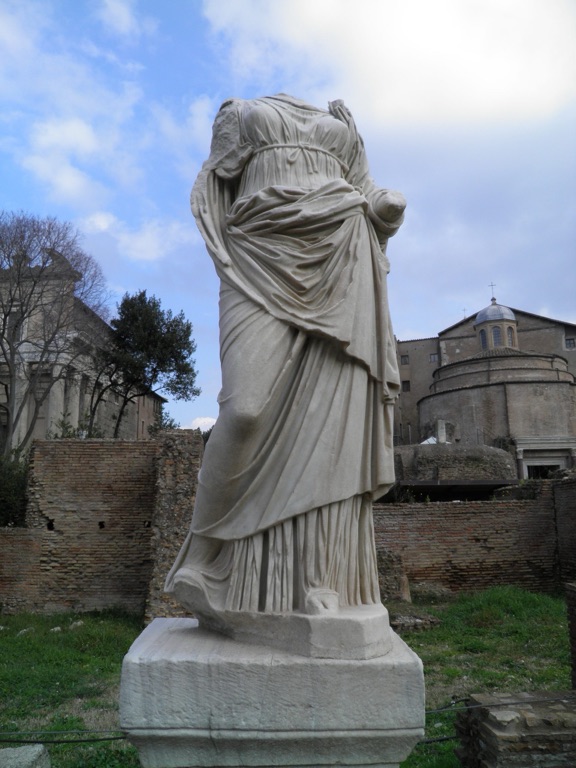The House of the Vestal Virgins, known as the “Atrium Vestae” in Latin, was a significant location in ancient Rome. Situated in the Roman Forum, it served as the residence for the Vestal Virgins, priestesses of Vesta, the goddess of the hearth. These women held a vital role in Roman society, tasked with maintaining the sacred fire of Vesta. The house, therefore, was not only a place of residence but also a central hub for religious activities. The House of the Vestal Virgins was an impressive complex, reflecting the high status of its inhabitants, and it remains an important archaeological site today.
Ancient Civilizations
All Ancient Civilizations, Cultures and People
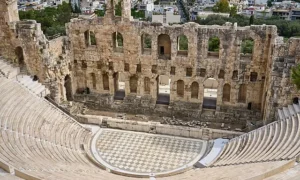
Odeon of Herodes Atticus
The Odeon of Herodes Atticus, also known as the Herodeon, is a stone theatre structure located on the southwest slope of the Acropolis of Athens, Greece. Built in 161 AD by the Athenian magnate Herodes Atticus in memory of his wife, Aspasia Annia Regilla, it was originally a steep-sloped amphitheater with a three-story stone front wall and a wooden roof, and was used as a venue for music concerts with a capacity of 5,000. Despite its destruction by the Heruli in 267 AD, the Odeon was restored in the 1950s and today, it is a major venue for the Athens Festival, which runs from May to October each year, and hosts musical and theatrical performances.
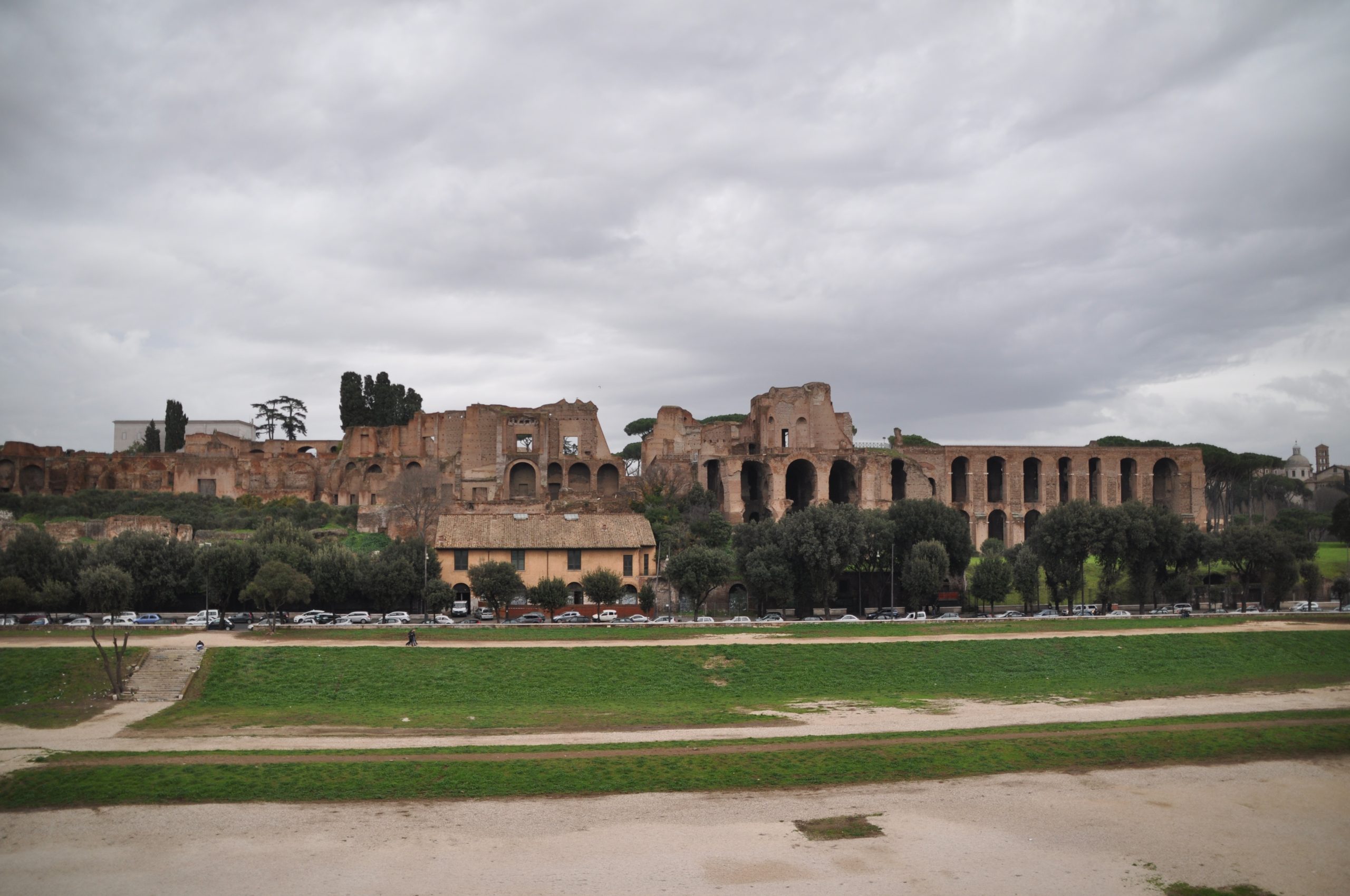
Circus Maximus
The Circus Maximus, situated in the valley between the Palatine and Aventine hills, is one of the most significant monuments in Roman history. As the largest stadium in ancient Rome, it served as a venue for public games, chariot races, and a variety of other spectacles. The Circus Maximus was a symbol of Roman society’s passion for entertainment and competition, reflecting the grandeur and complexity of the Roman Empire at its height.
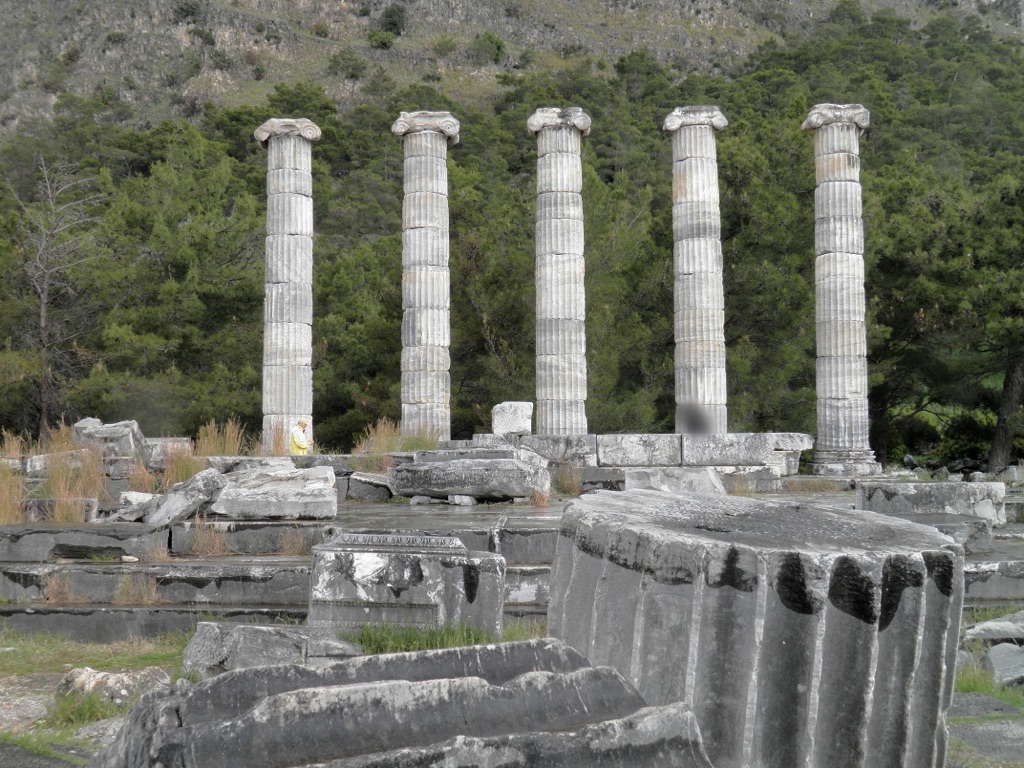
Temple of Athena at Priene
The Temple of Athena at Priene is a fascinating relic of ancient Greek culture, a stunning architectural marvel that once stood as a symbol of the city’s devotion to the goddess Athena. Located in the ancient city of Priene, in modern-day Turkey, the temple was built in the 4th century BC and was dedicated to Athena Polias, the protector of the city. The temple was a significant religious center and a focal point of the city’s civic life, reflecting the importance of Athena in the religious and cultural practices of the ancient Greeks.
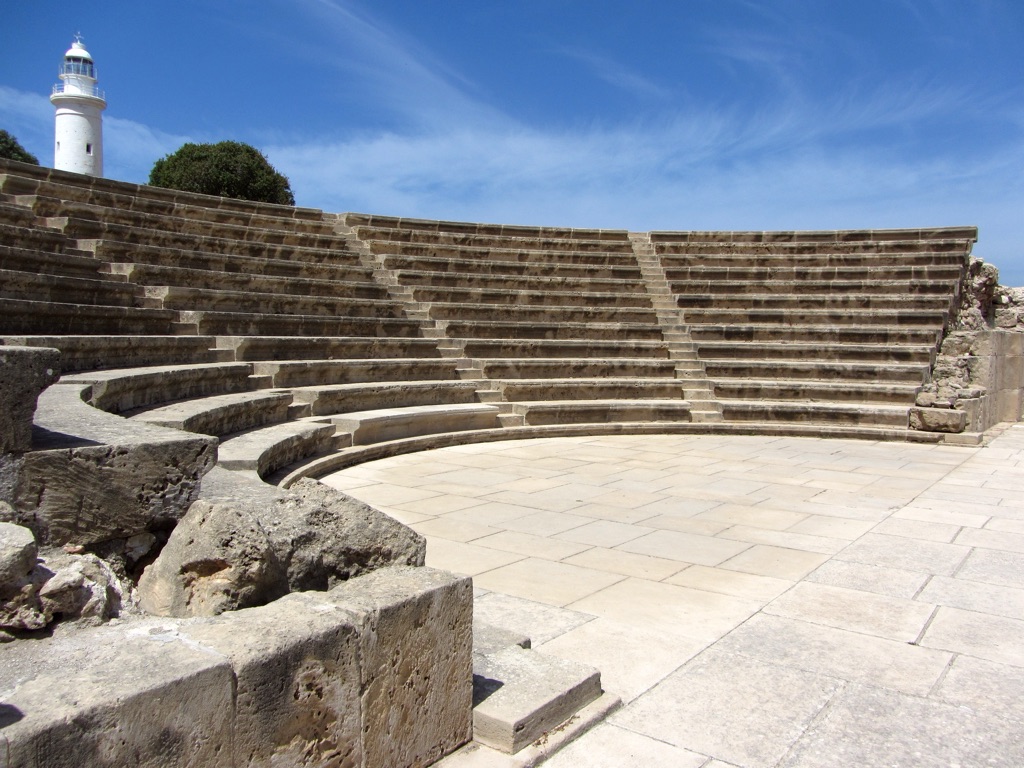
Odeon at Paphos
The Odeon at Paphos is a significant historical and archaeological site located in Cyprus. This ancient amphitheater, dating back to the 2nd century AD, was a crucial cultural hub in the Greco-Roman world. Constructed with limestone, the Odeon has 12 rows of seats and could accommodate around 1,200 spectators. Today, it serves as a poignant reminder of the rich history and culture of ancient Paphos and continues to host performances, maintaining its age-old tradition.
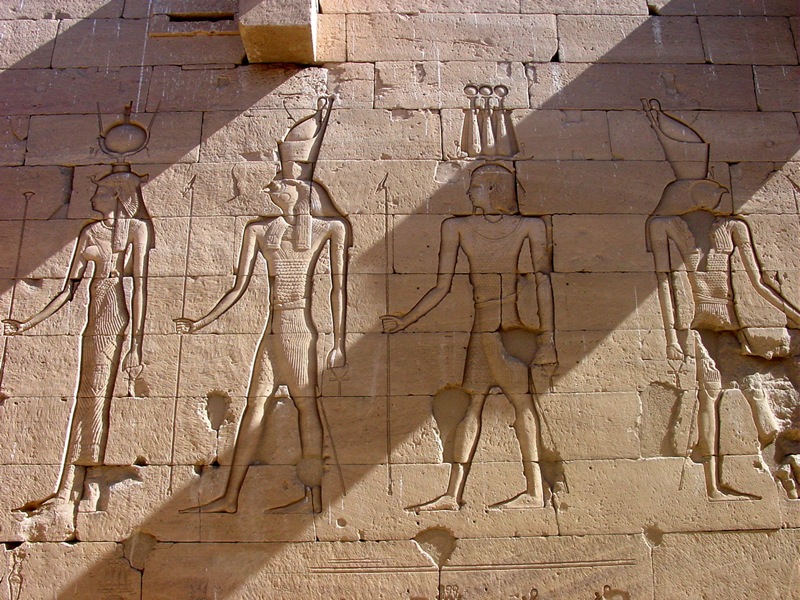
Kalabsha Temple
The Kalabsha Temple, also known as the Temple of Mandulis, is an ancient Egyptian temple located near Aswan, in southern Egypt. The temple was originally built by the Roman Emperor Augustus around 30 BC and is considered one of the largest free-standing temples of Nubia. It was dedicated to the Nubian sun god, Mandulis, and is a remarkable example of the architecture and art of the Roman period in Egypt. The temple was relocated to its current location on the shores of Lake Nasser after the construction of the Aswan High Dam to prevent it from being submerged.

